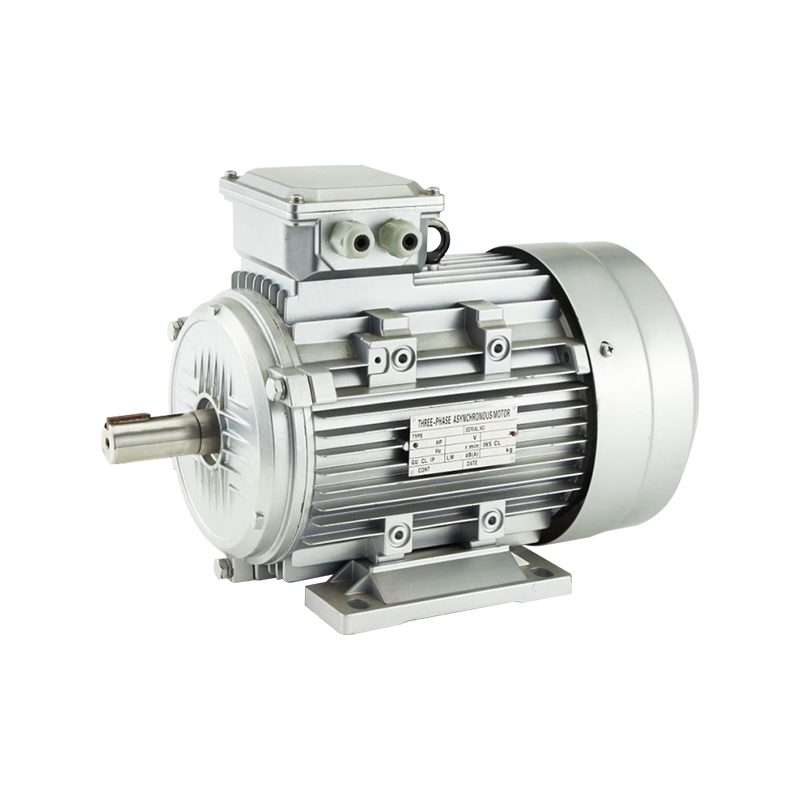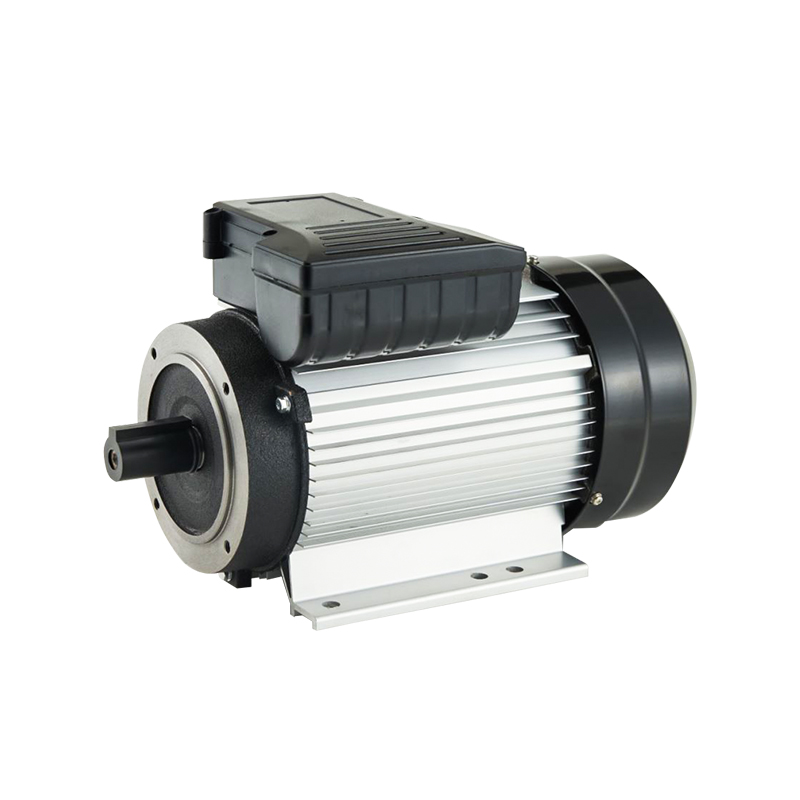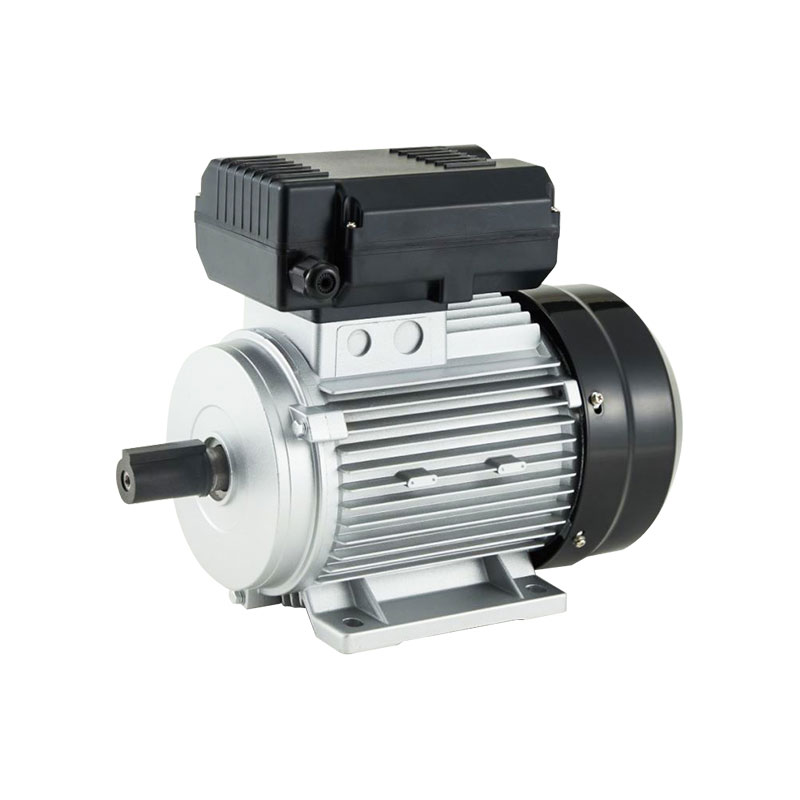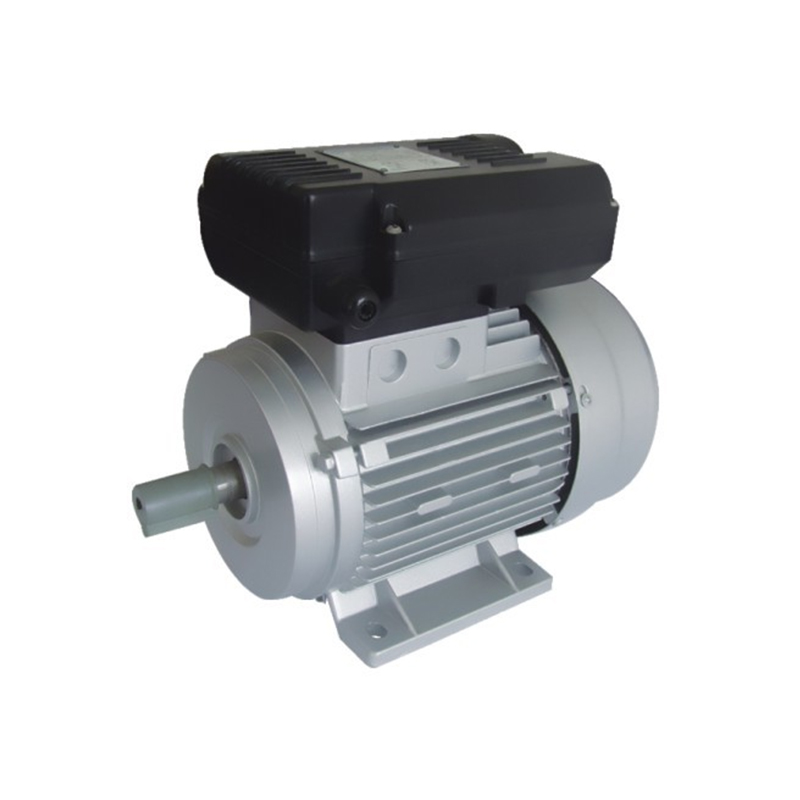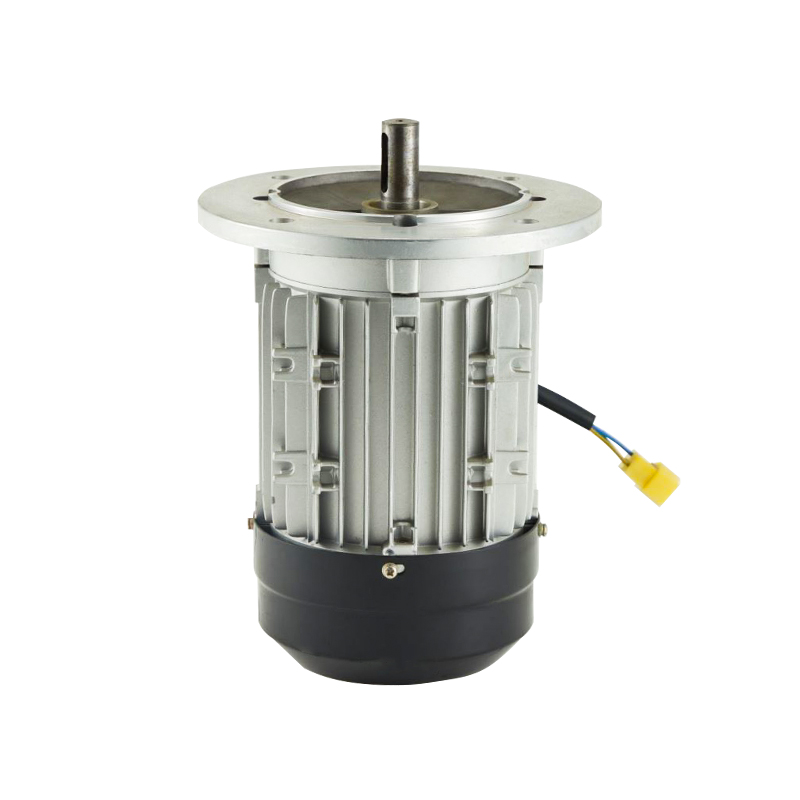When purchasing an electric motor, whether for industrial applications or personal use, understanding the basics can make all the difference. Electric motors come in various types, power ratings, and efficiency levels. This guide highlights the essential factors to consider before making a purchase, from power and efficiency to pricing, helping you choose the best motor for your needs.
1. Motor Types and Applications
The first step in choosing an electric motor is understanding the types available and their ideal applications:
*AC Motors (Alternating Current Motors): AC motors are commonly used in industries for applications like pumps, fans, conveyors, and air compressors. They are durable, require minimal maintenance, and operate efficiently for long periods.
*DC Motors (Direct Current Motors): DC motors are ideal for applications requiring variable speeds or rapid starts and stops, such as electric vehicles, small appliances, and robotics.
*Brushless Motors: These are a type of DC motor with improved efficiency and longevity due to the absence of brushes. Brushless motors work well for high-performance tools and appliances, requiring precision and high efficiency.
Knowing the right motor type based on your project needs is essential in narrowing down your options. If you're unsure which motor to choose, consider consulting an expert or referencing application guides to determine the best fit.
Y Series Three-Phase Induction Asynchronous Motor
2. Power Requirements: Matching Motor Power to Application
Motor power is a key consideration, typically measured in kilowatts (kW) or horsepower (HP). The power needed depends on the load and the specific requirements of your application:
*For Industrial Use: Larger equipment like conveyor belts, compressors, and heavy-duty machinery may require motors ranging from 10 to 500 kW or more. Calculating your exact power needs beforehand ensures optimal performance without overloading the motor.
*For Personal Use: Smaller tools, appliances, or hobbyist projects typically use electric motors in the range of 0.5 to 5 kW. Choose a motor that matches your power needs to avoid overheating and extend the motor's lifespan.
Power should align closely with your application demands. Overpowered motors waste energy, while underpowered ones may experience frequent failures.
3. Efficiency Ratings: Lowering Operational Costs
Energy efficiency is a crucial factor in motor selection, particularly for industrial users where energy costs add up significantly over time. Higher efficiency electric motors may cost more upfront but can save substantial amounts in long-term energy costs:
*Efficiency Classes: Electric motors are often rated by efficiency classes (IE1, IE2, IE3, IE4) per international standards, with IE4 being the most efficient. High-efficiency motors reduce operational costs and minimize energy waste, a valuable feature in both small and large-scale applications.
*Cost vs. Savings: An IE3 or IE4 motor may have a higher purchase price, but the operational savings over its lifespan often justify the expense. For industries or applications that run continuously, an energy-efficient motor can cut costs considerably.
Consider energy-efficient motors if your application demands frequent or long-duration use. For infrequent tasks, however, a standard-efficiency motor may suffice.
4. Pricing: Balancing Budget with Needs
Price is often a deciding factor, but balancing cost with quality is critical. Here are some price considerations when selecting an electric motor:
*Initial Cost: Higher-quality motors from reputable brands may have a higher initial cost, but they tend to offer better performance, reliability, and longevity.
*Lifetime Value: Cheaper motors may seem cost-effective initially but could lead to frequent repairs or replacements. For applications that require consistent performance, it may be worthwhile to invest in a higher-priced motor upfront to reduce maintenance costs over time.
*Warranty and Support: Choosing a motor with a solid warranty or customer support can save you money if repairs are needed. Some brands offer longer warranties or better support, which may be worth considering if you're investing in a more expensive model.
Industrial users may find it beneficial to invest in high-quality motors to reduce downtime, while personal users can often balance quality with affordability by opting for mid-range models.
5. Environmental and Operational Conditions
The environment where the motor will operate significantly impacts its durability and performance. Factors to consider include:
*Temperature: Motors operating in high-temperature environments need appropriate insulation and cooling mechanisms to prevent overheating. Some motors come with built-in cooling fans or cooling systems, which are essential for heavy-duty applications.
*Moisture and Dust: Motors used in damp or dusty conditions should have protection ratings such as IP55 or higher to guard against particles and water. For outdoor or harsh industrial environments, a higher IP rating ensures the motor's longevity and reduces maintenance.
*Vibration and Noise: If your motor will be used in noise-sensitive areas, such as homes or offices, consider models designed to reduce noise and vibration. Brushless motors are generally quieter than brushed motors and can be a suitable option for such settings.
Matching the motor's durability and design to its environment prevents damage, reduces maintenance costs, and increases lifespan.
6. Installation and Maintenance Considerations
Proper installation and regular maintenance are crucial for any electric motor's longevity. Here's what to keep in mind:
*Installation: Some motors require professional installation due to complexity, especially larger industrial motors. Incorrect installation can lead to poor performance and potential motor failure.
*Maintenance Requirements: AC motors generally require less maintenance than DC motors. Regular inspection, lubrication, and alignment are necessary to keep the motor running smoothly.
*Replacement Parts and Availability: Before purchasing, ensure that replacement parts are readily available, especially for industrial motors. Some manufacturers offer easier access to parts and service, which can reduce downtime during repairs.
Opt for motors with low maintenance needs if your application demands continuous operation, and keep an inventory of spare parts if you're in a remote location or need quick repairs.
Purchasing the right electric motor requires careful consideration of several factors. From power and efficiency to price and durability, matching the motor's features to your application will ensure optimal performance and long-term satisfaction. By understanding your project's specific needs, you can select an electric motor that provides both reliability and value, whether for industrial use or personal projects.



